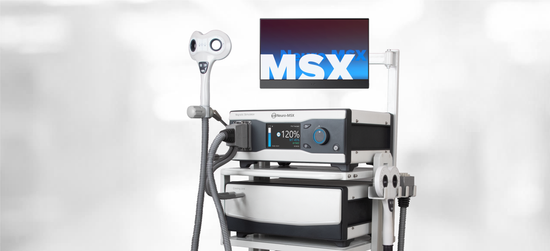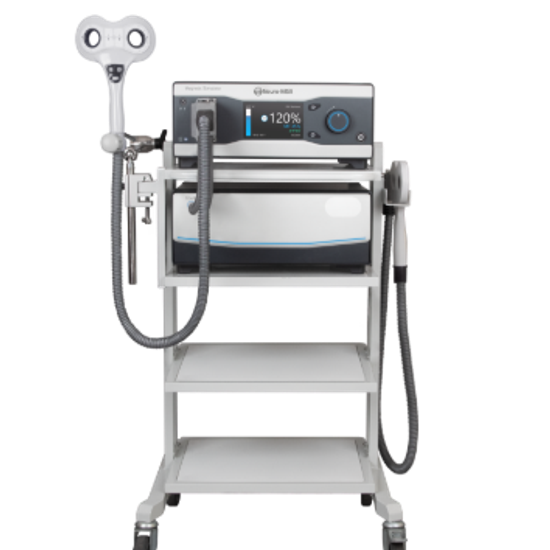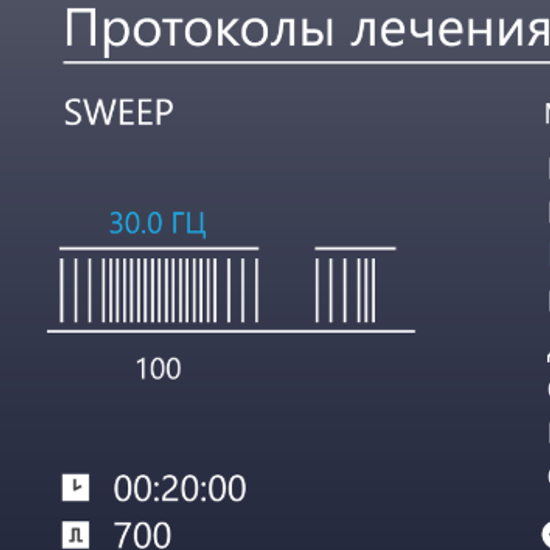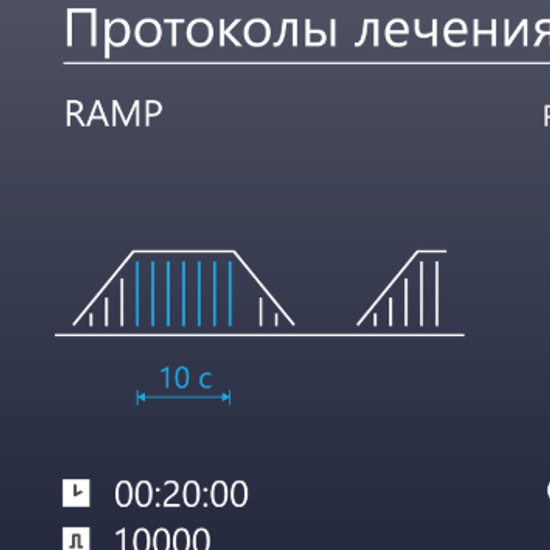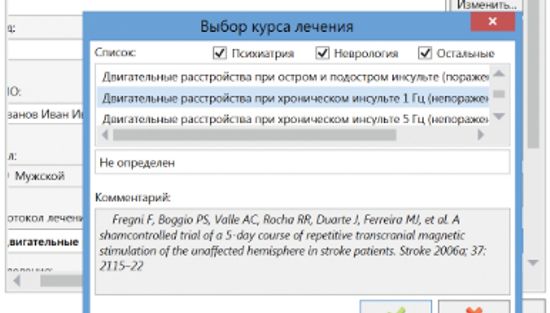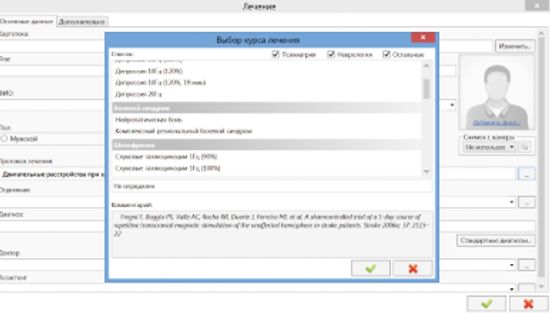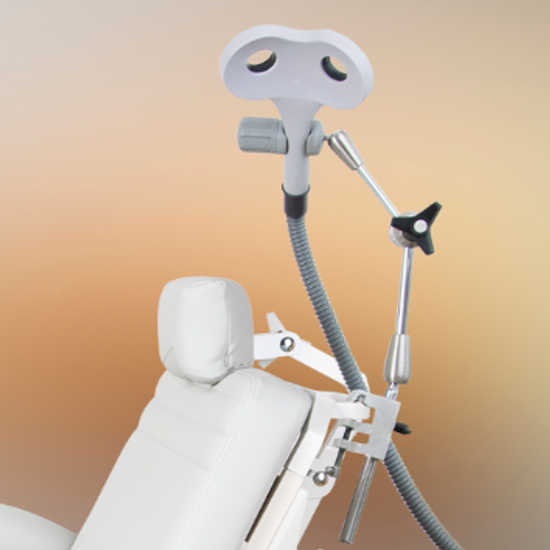REVIEW
Effective treatment of mental and neurological diseases
Transcranial magnetic stimulation (TMS) is a reliable non-drug method of treating depression. According to the results of clinical studies, the effectiveness of TMS in drug-resistant forms of depression is 50%*. At the same time, with its various types, every second patient achieves remission.
In addition to depression, TMS is successfully used to recover patients who have suffered a stroke, as well as in the treatment of patients suffering from other neurological and mental diseases.
Areas of application of TMS:
- Psychiatry: depression, post-traumatic stress disorder, auditory hallucinations and negative symptoms in schizophrenia, obsessive-compulsive disorder, addictive disorders, anxiety disorders.
- Neurology: consequences of acute cerebral circulation disorder, spasticity, pain syndrome, migraine, Parkinson's disease, tinnitus, dystonia, essential tremor, Tourette's syndrome, amyotrophic lateral sclerosis, multiple sclerosis, epilepsy, Alzheimer's disease.
* Carpenter L. L. et al. Transcranial magnetic stimulation (TMS) for major depression: a multisite, naturalistic, observational study of acute treatment outcomes in clinical practice // Depression and Anxiety. — 2012. — T. 29. — №7. — S. 587–596.
Applications: Transcranial and peripheral magnetic stimulation
Magnetic stimulators are increasingly used not only to affect areas of the cerebral cortex (rhythmic transcranial magnetic stimulation (rTMS)), but also to affect the spinal roots, nerves or muscles (rhythmic peripheral magnetic stimulation (rPMS)).
Rhythmic peripheral magnetic stimulation is used in the treatment of pain syndrome, spasticity and movement disorders, muscular dystrophy, neuropathy of the facial and trigeminal nerves, chronic pelvic pain syndrome. In addition, this method is used in urology, proctology, gynecology and for muscle recovery after physical exertion, fitness.
Perfect liquid cooling system
The cooling system avoids overheating of the inductor during long rTMS sessions. Neurosoft magnetic stimulators use the latest method of cooling the active part of the inductor. In addition, the less coolant there is in the inductor, the lighter it is and the more convenient and easier it is to work with. The block allows you to increase the running time of the stimulator without overheating to 10,000 stimuli in a row. This means that the stimulator can work without overheating indefinitely.
Flexible software for maintaining a patient database and managing treatment courses
Neuro-MS.NET is a special software for controlling a magnetic stimulator using a computer, which allows you to maintain a database of patients, manage courses and sessions, conduct stimulation according to pre-created programs, as well as create your own or edit existing stimulation programs.
The software saves the history and treatment protocols of all patients in a database. Subsequently, you will be able to find any record and view or print the information you are interested in.
Another undoubted advantage of the program is that it contains a large number of pre-established treatment/rehabilitation protocols. However, if necessary, you can always create your own template.
Wireless Wi-Fi Interface
For even greater convenience, we have built a Wi-Fi interface into our system. Now you can control the stimulation parameters from any device, even if you do not have a computer and the Neuro-MS.NET program. Just pick up your phone and change the intensity on it. You will see that it has changed on the stimulator as well.

